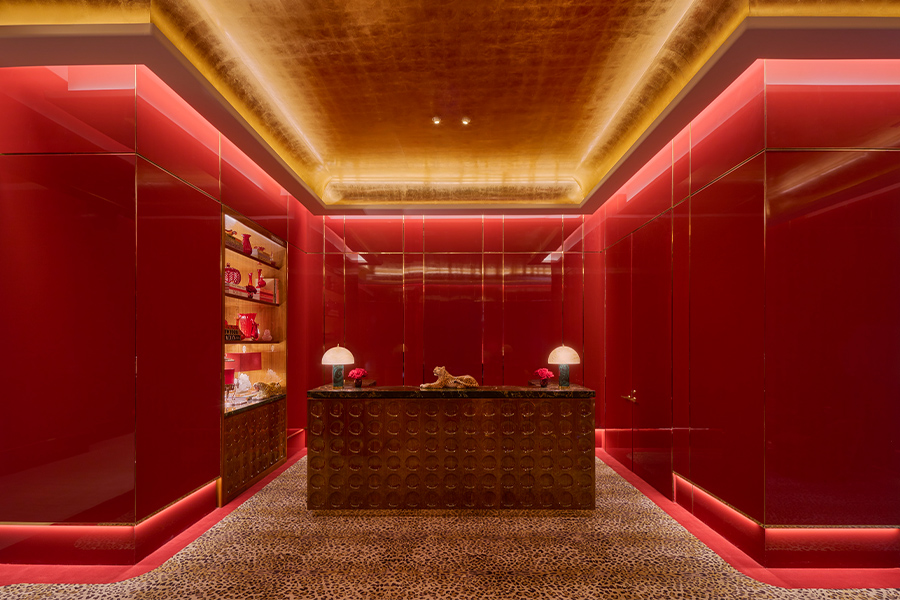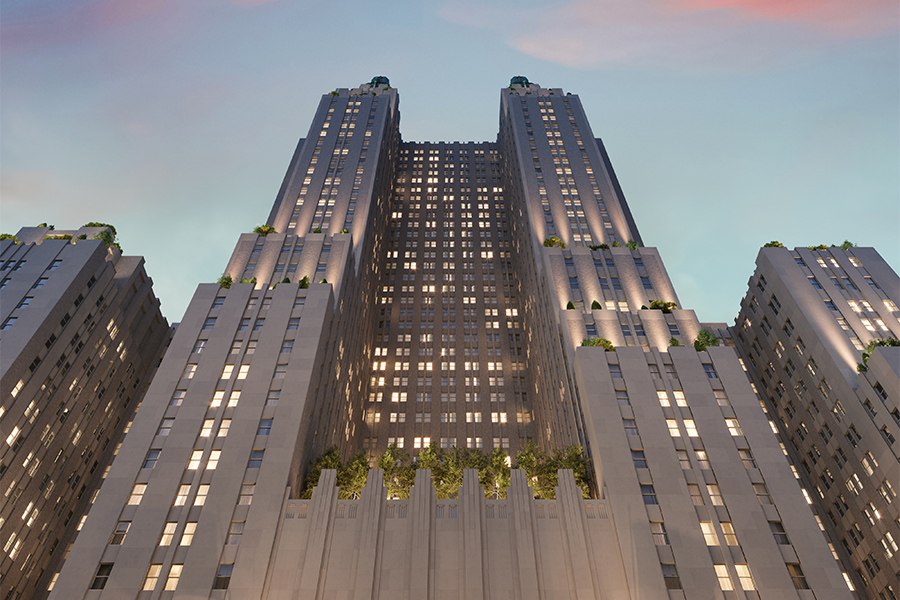“Before taking on our work with this resort, my team and I toured Vietnam to get to know the intricacies of this beautiful country,” says designer Celia Chu, who led the design of three dining spaces in the Hyatt Regency Resort Danang. “After touring ancient Vietnamese palaces, local markets, and beautiful local communities, we wanted to integrate aspects of many cultural nuances into the final design for these three restaurant concepts.”

Set on the coast of the East Sea in a UNESCO-protected heritage region, the design of the Hyatt Regency Danang evokes both Vietnam’s luxuriousness and its commonality. “I wanted the design language to [pay] homage to the beauty of Vietnamese culture,” says Chu, principal of Taipei-based Celia Chu Design. In the Pool House, grass mats typically found in Vietnamese residences cover the walls and the kitchen. Local carved teak wood⠯⠯a material that frequents local architecture⠯⠯shrouds the feature bar and kitchen area.

“The palette is taken directly from the vernacular lifestyles of the Vietnamese coastal culture, and is infused with both ancient and modern materials and textures,” explains Chu. Orange, green, and purple nod to traditional textiles, and surprising textures, including a natural rope-patterned ceiling, create a nautical setting. The Pool House suggests an ancient Vietnamese royal palace with its blue and white porcelain tiled wall. “It references the country’s past in a distinctly modern way,” adds Chu.

The juxtaposition of modernity and tradition also appear in the Green House, the resort’s all-day dining restaurant. Based on the traditional concept of the kitchen as the spiritual center of the home, the interiors focus on furniture, color, and accessories rather than the architecture. “This is meant to illicit a more personal interaction between the guests and the interiors,” says Chu. A Vietnamese egg-based lacquer, typically found on bowls and vessels, is used on the buffet area. Hand-carved white marble by local craftsmen clads the bar, while teak slats shroud the restaurant entrance.

“The dramatic enclosed entranceway to the restaurant is a nice juxtaposition to the openness of the floor plan and the expansive view of the coast,” Chu says. “The slats that cover the walls and the ceiling offer a modern architectural element that ties the space together.” A subtle pattern of native branches and petrified wood pieces provide contemporary interpretations of local foliage. “It was important to make subtle references to the beauty of the surrounding landscape and its inhabitants,” she adds.

Recalling Vietnam’s French colonial past, the Beach House fuses rich upholsteries with regional accents. A palette of white, indigo blue, and deep purple echoes traditional Vietnamese dress, while a dark wall treatment references residential homes. “This is the most formal restaurant space in the resort, and the richness of the fabrics and décor is purposefully luxurious,” explains Chu. “It’s about using materials in new and unexpected ways.” Inspired by textured lacquer techniques, an amber colored screen surrounds the space. Cement tiles⠯⠯fabricated similarly to common household tiles⠯⠯are reinterpreted for a more upscale pattern.

“I think we were successful in creating an open and relaxed atmosphere, while maintaining the upscale concept and referencing elements of the local culture,” says Chu. “We created a comfortable space for clients to enjoy the restaurant experience while they appreciate the unobstructed views of the beautiful coastline.”



